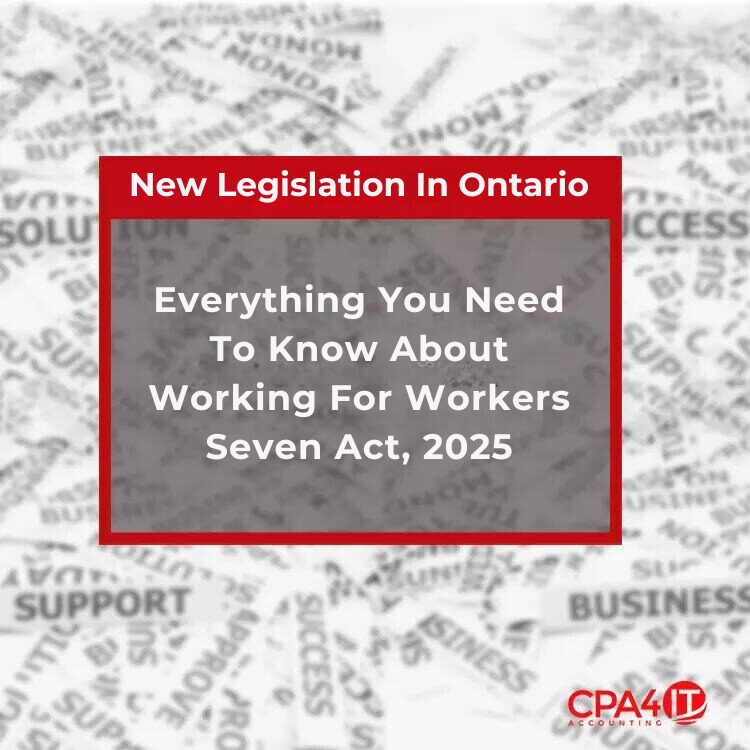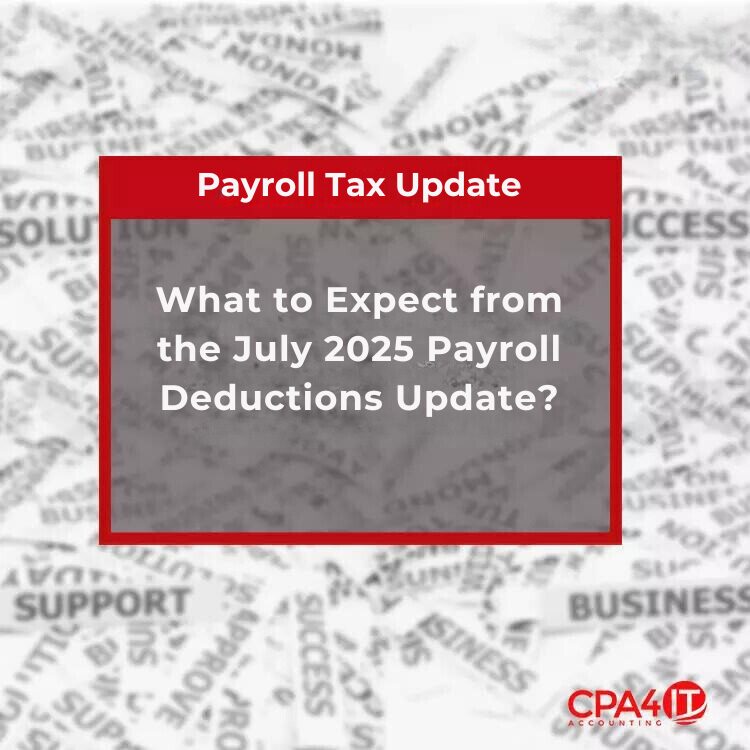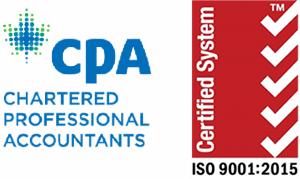If you’re a small business owner, you likely take credit cards and debit cards as payment. Plastic is convenient for most consumers, but it has drawbacks to business owners. Credit cards and debit cards come with fees ranging from 2% to 4%. Though this may not seem like a problem for small-ticket items, it can easily add up before you know it. The problem is even more costly if you sell big-ticket items or collect sizable bill payments like rent or tuition. Thankfully there is an easy, cost-effective solution: Pre-authorized debits for small businesses.
Benefits of Pre-authorized Debits
Small business pre-authorized debits (PADs) have a number of benefits over credit cards and cash. The first benefit is the cost. The average PAD costs around $0.29 per transaction. Compare this to as much as 2.53% (Visa and Discover), 2.64% (Mastercard), or 3.45% (American Express). In addition to that, there might be fees from the payment processor that provides the POS terminals or services for your online payments.
The next benefit of PADs for small businesses is security. Payments Canada and the Canadian Banking network oversee all PADs, which protect your business and customers from fraud. PADs can also be revoked, cancelled, or even changed, making it harder for fraudulent transactions to be finalized beyond repair. Transactions are also vetted through the bank network and the crediting and debiting banks participate in the process – something they don’t necessarily do with credit card payments.
The timeline for small business PADs is also favorable. Typically, PADs take 3 to 5 business days to post. By comparison, credit card payments typically take 2 to 3 days. The slightly longer posting time is well worth the money you save on fees and creates a buffer for fighting off fraud. Would you rather pay MasterCard $50 per collected rent fee or $0.29 to a PAD processor?
How you can use PAD
Now that you’ve seen the benefit of PAD processing for small business owners, you’re probably wondering how you can collect PADs. There are a number of ways to facilitate regular debits from a customer’s account.
One way is to collect a customer’s personal and banking information with a paper form, which can also serve as a signed PAD agreement. This form can then be provided to your bank or third-party payment processor (TPPP) who will set up the PAD payments as indicated on the agreement in terms of amount, date, time period (weekly, monthly, quarterly, annually), and duration.
You can also set up PADs over the phone, but there are additional rules to doing this. The customer must either solicit your services, such as by calling you or requesting them in the course of a conversation. If you initiate collecting PADs in the discussion, you must have a preexisting relationship with the customer before making the phone call.
The easiest way these days to collect small business PADs is online. Most business models can accommodate directing customers and clients to a payment portal. The TPPP you use should be able to have a payment form that integrates into your website and your accounting software. Not only that, but they will handle all the backend logistical and legal components to the transaction so you don’t have to worry about setting them up or managing them. Additionally, they will have security measures in place to make sure every transaction is legitimate.
Typically PADs are best for charges that will be recurring, whether those are fixed charges like rent, tuition, membership fees, and subscriptions, or variable amounts like a utility bill based on usage. But PADs are also excellent for one-off sales, especially for big-ticket items, and invoice payments.
How to prep your business for accepting PADs
So then, how do you onboard clients and customers for PADs? All you really need to do is collect their banking information – like account number, and routing number – and their permission to conduct debiting their account. If you have a TPPP, this process is even easier because it will be integrated into your business operations and accounting.
There are some best practices to follow when it comes to PADs. It’s courteous to send a reminder email or text message before the periodic PAD is debited from their account. This is in addition to providing them with a receipt for the initial setup of the PAD agreement or providing them with a copy of what they filled out if it was signed on paper. If you set up the PAD on the phone, you also need to provide a written receipt such as a mailed paper copy or email.
When collecting PADs, you are required to keep the documentation on file for two years. You don’t need to share the particulars of this process with customers, but it is a best practice to provide some proactive reassurance that you store all banking information securely.
Let your customers know that they can cancel their PAD agreement at any time because legally you are required to do so if they indicate as much in writing or verbally. Additionally, consumers like the feeling that the ball is in their court, so the cancellation anytime can be an additional selling point for you.
Conclusion
Small business PADs are cost-effective, secure, and timely. Recurring PADs are also excellent for keeping the payments coming in on a regular basis. While credit cards can get lost or stolen, bank account numbers are permanent. If your small business has not yet explored accepting PADs, now is the time to check out what Rotessa can do for you. Our PAD authorization tool is free to use and integrates wonderfully into your site and accounting software. Contact one of our account reps today and you’ll see why over 2,000 businesses of all sizes are using Rotessa to collect payments.







